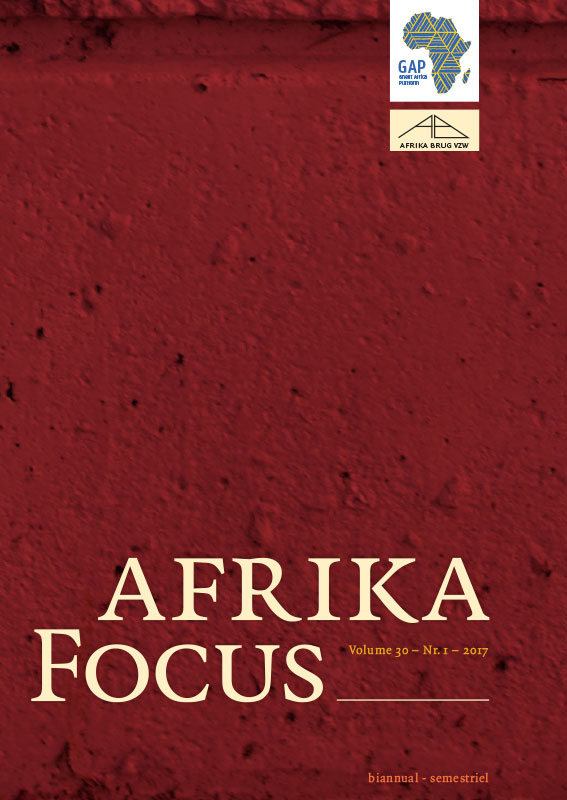Intra-annual to multi-decadal xylem traits in a tropical moist semi-deciduous forest of Central Africa
DOI:
https://doi.org/10.21825/af.v30i1.4987Abstract
A witness of a tree’s past conditions is the wood itself. The main research question of this dissertation is how to assess and reveal the driving forces of the patterns of wood traits on pith-to-bark cross-sections in tropical trees. Cambial and leaf phenology was monitored in the Luki Reserve (Mayombe forest, D.R. Congo). Furthermore, X-ray CT densitometry was explored to assess traits in a reliable way, for multiple species. Variability in phenology is observed for T. superba, which requires traits of individual trees to be fixed on a time axis. Furthermore, X-ray CT is a suitable method for assessing traits in a fast way. Cambial activity of understory trees has shown to be species-specific, whilst many trees show zero xylem growth. Finally, 66 years of tree growth was analysed, while trait analysis revealed a median ring count of only 32, thus implying many non-periodical rings. This work presents methodological improvements to measure traits as continuous variables from pith to bark, but also acknowledges that phenology still remains a key aspect in order to fix traits on a time axis. Key words: leaf phenology, wood anatomy, stable isotopes, Mayombe, dendrochronology, X-ray CT densitometryDownloads
Published
How to Cite
Issue
Section
License
Authors who publish with this journal agree to the following terms
Authors retain copyright and grant the journal right of first publication with the work simultaneously licensed under a Creative Commons Attribution License that allows others to share the work with an acknowledgement of the work's authorship and initial publication in this journal.
Authors are able to enter into separate, additional contractual arrangements for the non-exclusive distribution of the journal's published version of the work (e.g., post it to an institutional repository or publish it in a book), with an acknowledgement of its initial publication in this journal.
Authors are permitted and encouraged to post their work online (e.g., in institutional repositories or on their website) prior to and during the submission process, as it can lead to productive exchanges, as well as earlier and greater citation of published work (See The Effect of Open Access).


